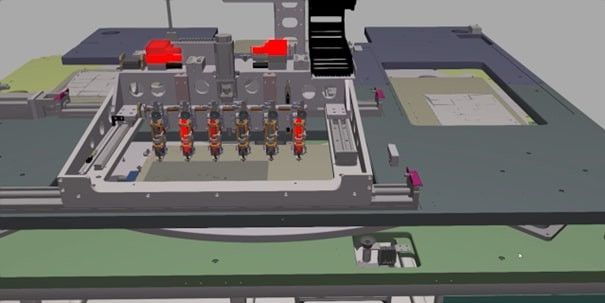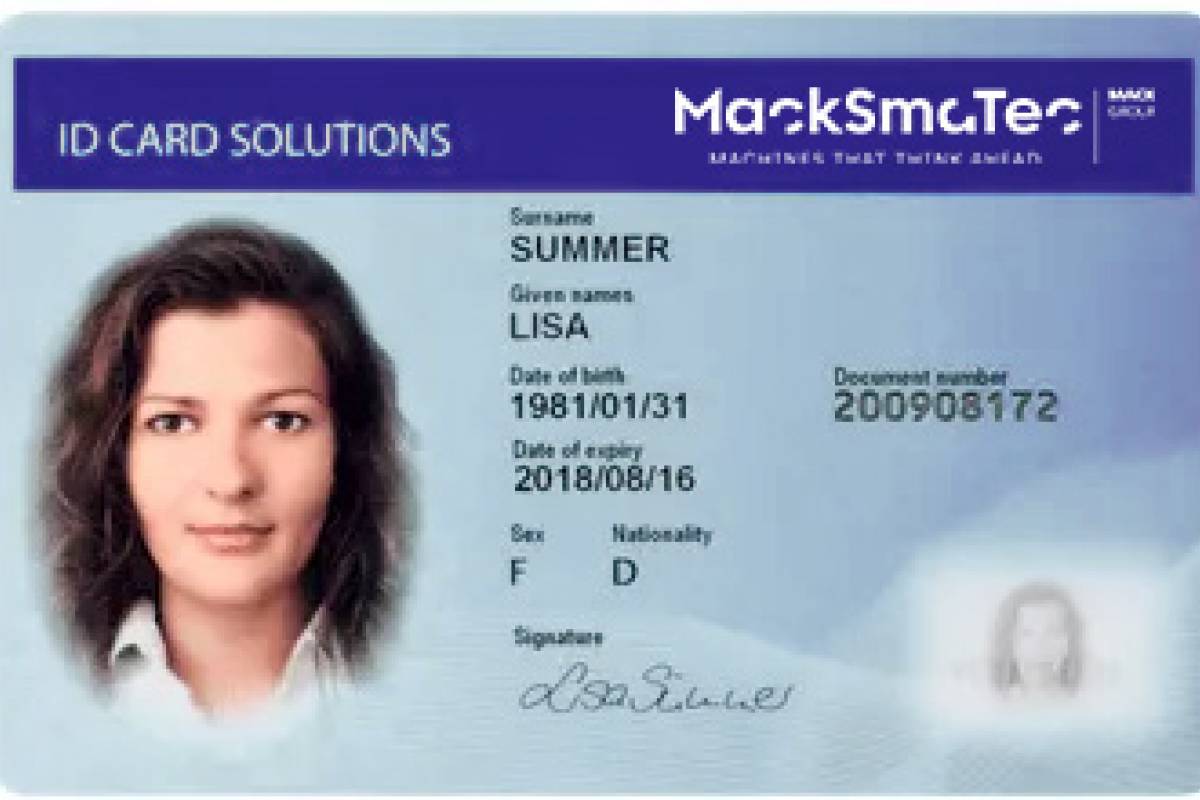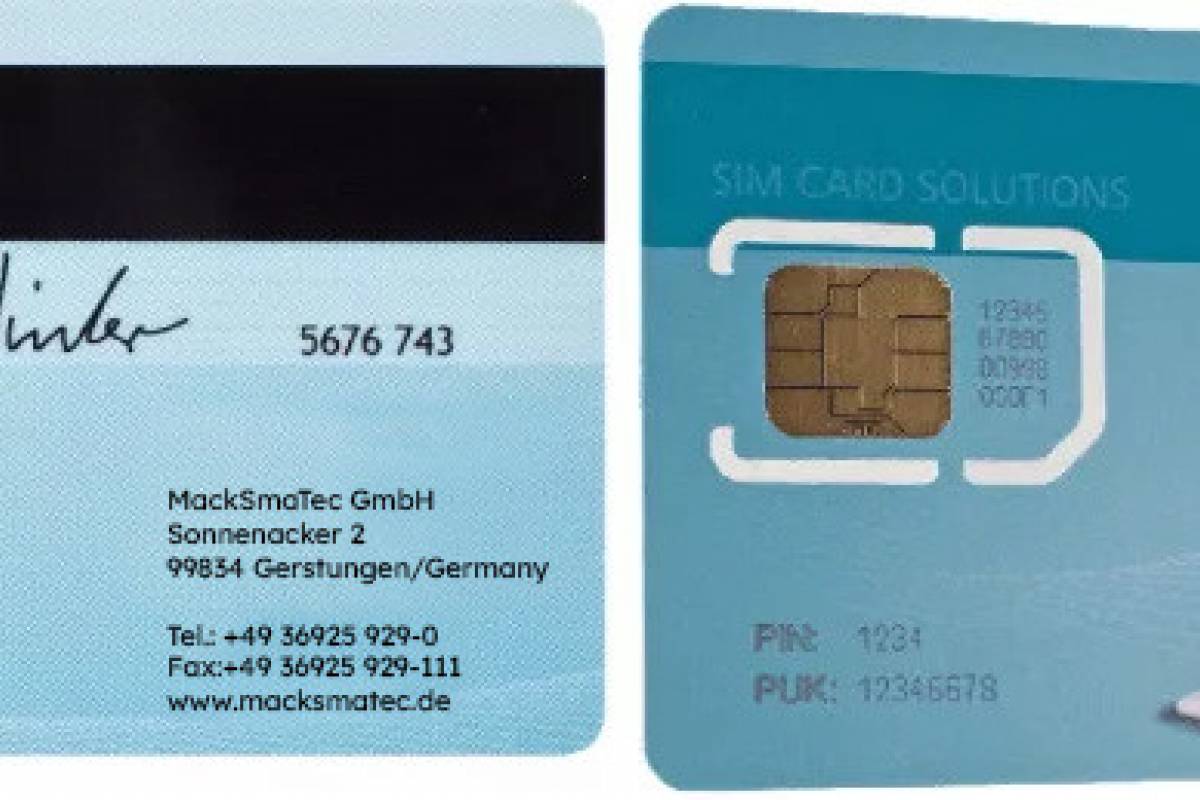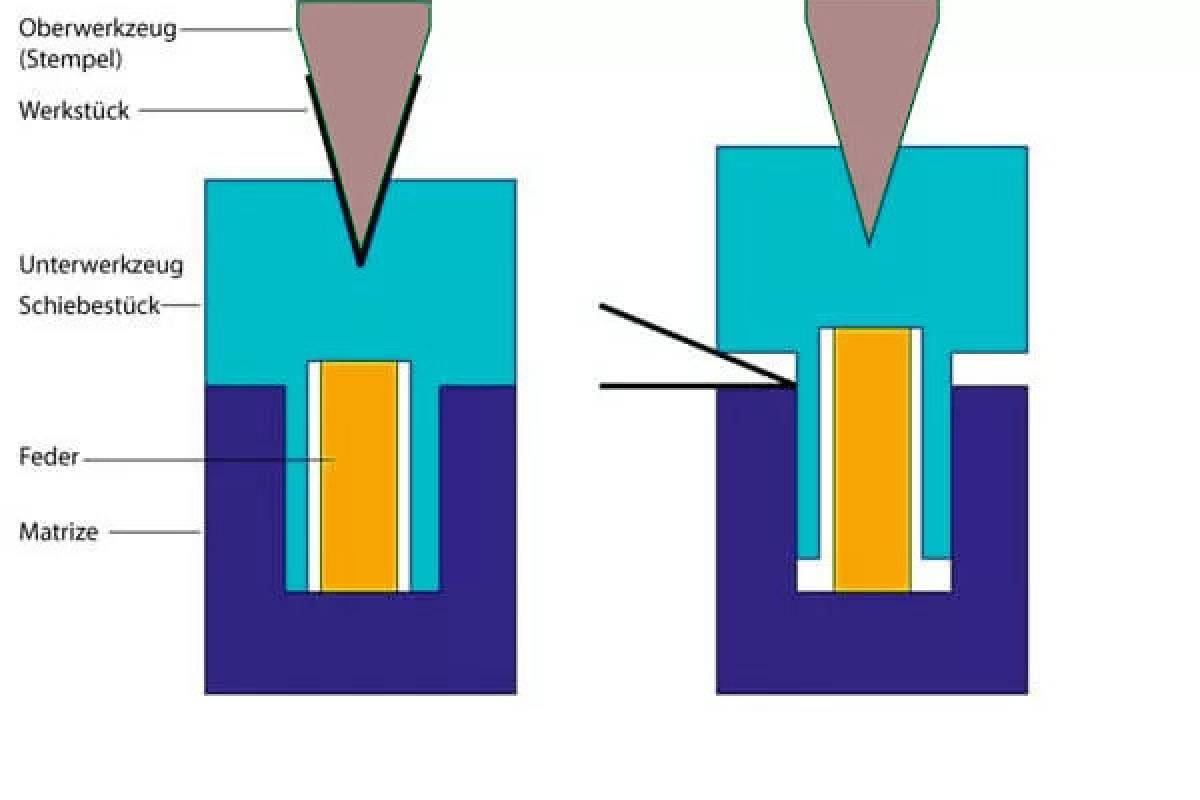
The virtual commissioning of industrial production systems and machines enables accelerated, cost-saving and more efficient real commissioning. It can also help to shorten training times, save material costs and minimize downtimes during expansions.
What is virtual commissioning?
Industrial production systems as well as individual machines and robots are often the result of months or even years of planning and design work. The more individual and complex a system or machine is, the trickier the design usually is. However, the system can only function smoothly if all components work together perfectly. This is often precisely where the problem lies: it is usually only possible to determine whether a system is working 100% optimally after commissioning, and this alone takes up a quarter of the total running time for many industrial projects. This means that even before a system can be put into operation, it is already devouring vast sums of money and taking up an enormous amount of time. If it is determined during commissioning that individual processes need to be adapted or optimized, the costs increase even further, as making changes to the already completed system is extremely time-consuming and cost-intensive.
Virtual commissioning helps to avoid these difficulties: after all, this involves simulated commissioning using a so-called "digital twin" or "digital prototype". The digital twin is a digital simulation model that can be used to realistically represent all of the machine's work processes. This makes it possible to determine whether and how the machine is working and whether any optimization measures need to be taken before it is actually commissioned.
What are the advantages of virtual commissioning?
Properly executed virtual commissioning offers a whole range of advantages. The cost and time savings are particularly noteworthy. Although the programming of a digital system simulation is also associated with a financial outlay, this is significantly outweighed by the savings made during subsequent real commissioning. See for yourself!
Early detection of weak points and optimization potentials
Once an industrial system has been installed and commissioned, it takes a lot of time and effort to work on it. Virtual commissioning helps to reduce these costs to a minimum: If initial simulation models are created during the planning and design phase, potential weak points and optimization potential can be identified as early as possible and processed accordingly. This makes later changes obsolete and thus saves time and material, while preventing production downtimes.
Cycle time optimization
Thanks to virtual commissioning, potential improvements are not only identified on the machine itself, but also in the way it works. If the cycle times are not fast enough or collisions occur in the production process, this can be rectified from the outset. This means that only systems and machines that have already been fully optimized and therefore deliver maximum performance from the outset are assembled.
Shorter downtimes for subsequent modifications
Another advantage of digital plant simulations is that they allow for later modifications, expansions and conversions. These normally entail cost-intensive downtimes - but not if possible extensions are planned and simulated in advance on the digital twin. In this context, however, comprehensive digital documentation of all conversion and repair measures carried out on the machine is important. Only in this way can the digital twin truly simulate the functionality of the system realistically and allow the appropriate conclusions to be drawn.
Safe testing of malfunctions
Malfunctions can occur in any company, which is why production systems and machines should have appropriate safety precautions in place. Of course, it is not possible to test these under real conditions due to the potential risk to employees and staff. Thanks to virtual commissioning, however, it is: the simulation makes it possible to program all malfunction scenarios and thus test how the machine would behave in an emergency. This helps to uncover potential safety gaps and eliminate them during the design phase.
Virtual training
Every industrial system needs an appropriate expert to operate it. Although machines can take on ever more complex tasks and therefore work even more cost-effectively and efficiently, they only work if they are operated correctly. Normally, this requires time-consuming employee training, which naturally can only be carried out after the system has been commissioned. Thanks to the integration of virtual and augmented reality, this step can be brought forward in conjunction with virtual commissioning: control and operating elements can be used on the digital twin to learn how to control the machines. This also saves a lot of time and money.
The advantages of virtual commissioning at a glance:
Identify and eliminate weak points and optimization potential
Accelerate cycle times
Expansions and modifications with reduced downtimes
Simulation of malfunctions
Virtual training
No cost-intensive material required for test commissioning
Extensive time savings
Major cost reduction (troubleshooting, modifications, commissioning)
How does virtual commissioning work and what needs to be considered?
-
- /
Virtual commissioning can only be effective if the simulation model is programmed in such a way that it accurately reflects the real behavior of the system. Our technicians develop the digital prototypes using the CAD data of the customer's systems in order to create a simulation that is as realistic as possible. Nevertheless, there are of course limits to the simulation capability of system commissioning - errors during installation and operating errors cannot be programmed in beforehand. Apart from this, virtual commissioning is an excellent way for large corporations as well as small and medium-sized companies to save a lot of time and money when commissioning production machines and systems. See for yourself and contact us for more information.


